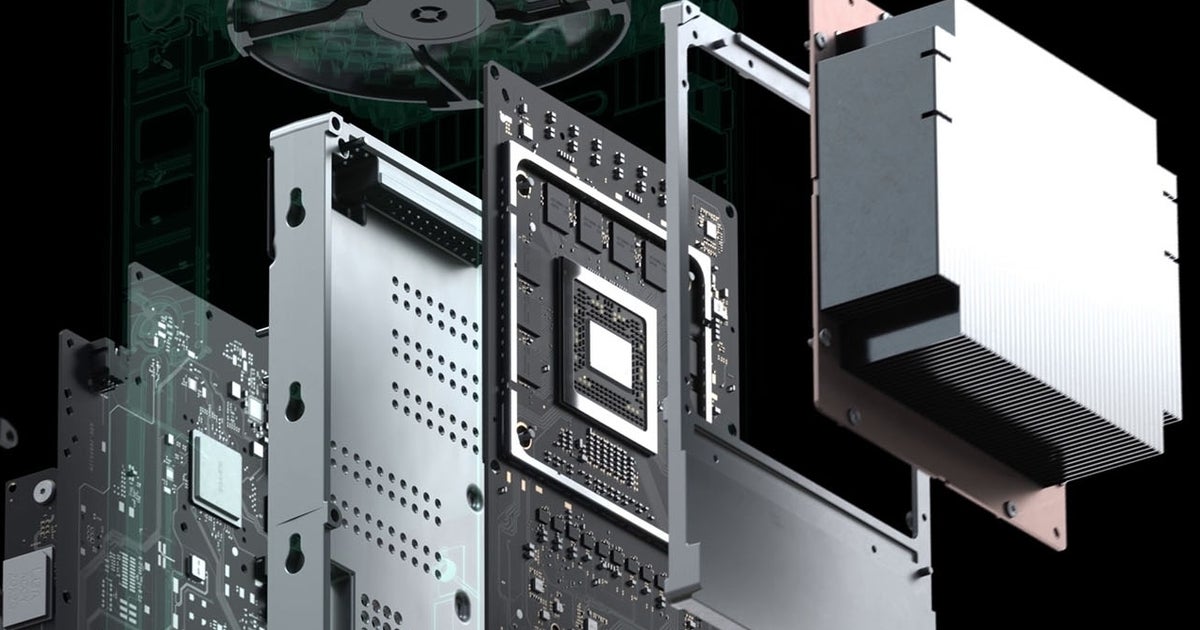How I see it;
We know how a CPU and GPU affect a game, and we know how solid state memory will affect game design, but I don't know how the extra 5gbs of speed on the PS5 SSD will do much better for games compared to xsx
I thought this was quite a nice post to that effect in the PS5 tech thread:

PlayStation 5 System Architecture Deep Dive |OT| Secret Agent Cerny
For being precise I said above 7GB/s because I could not give the exact speed. ;) But for being honest I was not knowing it will be above 8GB/s. I heard 8GB/s. And I was not knowing the exact SSD configuration because someone give me something false in case I said too much... I heard 2GB/s and...
Edit: the text in the link preview isn't the post I mean.




